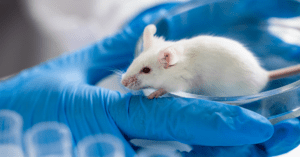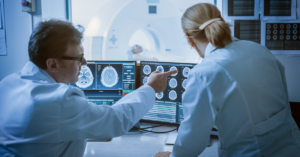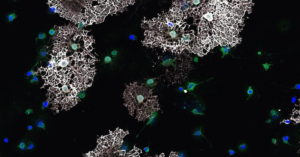
Beyond Capicua: Discovery of new proteins implicated in SCA1 pathology
Written by Katerina Pliatsika Edited by Hannah K Shorrock, PhD Additional proteins which interact with ATXN1 contribute to toxicity in a SCA1 mouse model. In neurodegenerative diseases, a problematic gene and its resulting protein play a crucial role in the selective loss of brain cells. However, a fundamental question remains unanswered: Read More…











